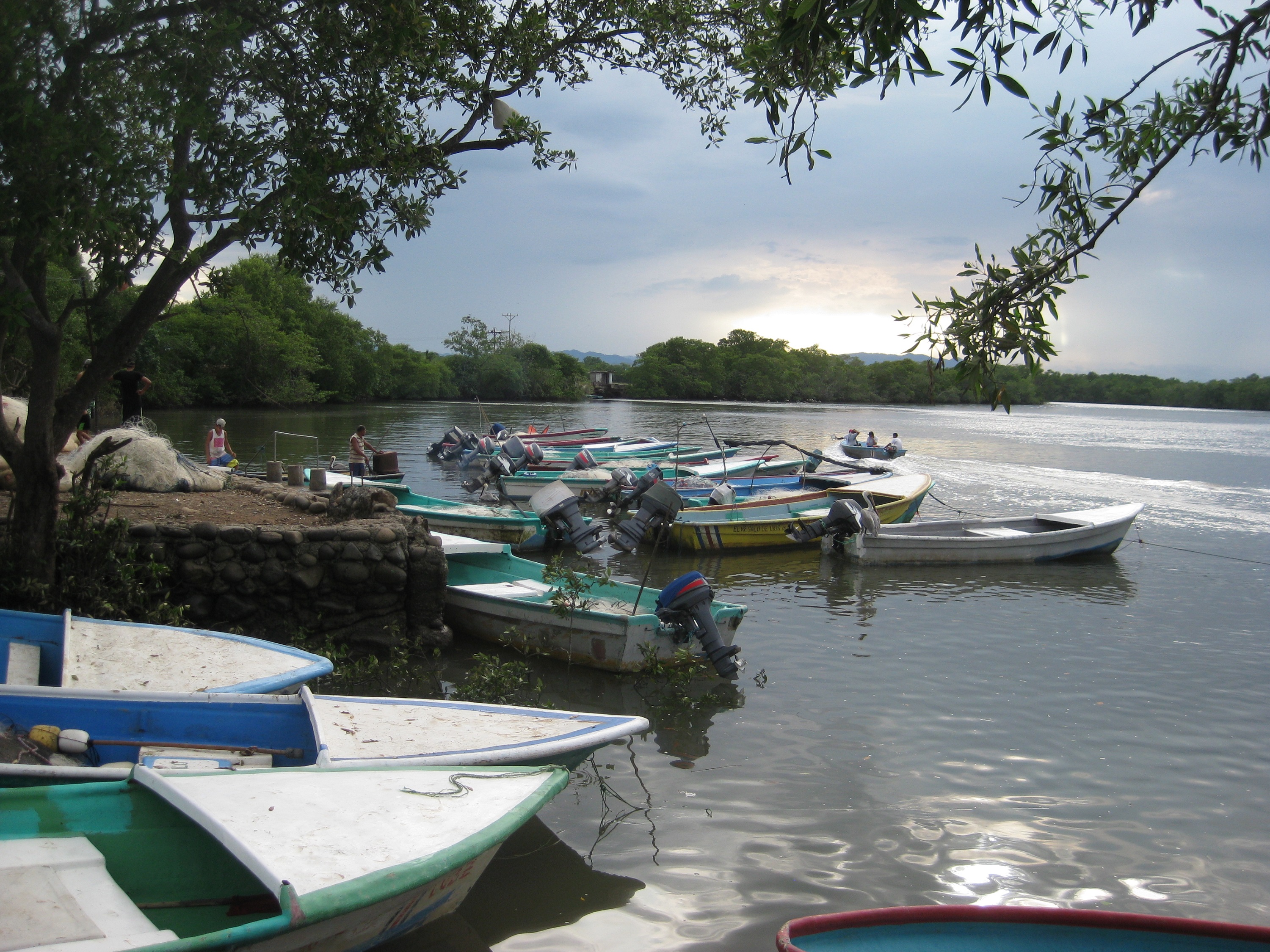

La quantification de la valeur des services écosystémiques fournis par les mangroves aux communautés locales est une composante nécessaire des projets de carbone bleu. Elle sert de base à la conception des systèmes de paiement pour les services écosystémiques (PSE). Une évaluation complète étant difficile et coûteuse, les services prioritaires sont choisis dans le cadre d'un processus de consultation participatif avec les communautés locales. Les données brutes sont collectées localement et exploitées par le biais de recherches bibliographiques et d'entretiens. Les résultats soulignent l'importance des écosystèmes côtiers et marins pour les décideurs, car les pertes de mangroves peuvent être expliquées comme des pertes de capital.
La disponibilité de données locales et nationales est un facteur déterminant pour une évaluation adéquate des services écosystémiques. Même si ces données ne sont pas disponibles, les relations avec les responsables locaux peuvent fournir des critères et des contributions d'experts utiles. De même, la participation des communautés aux diagnostics visant à identifier puis à quantifier les services prioritaires est importante pour garantir leur adhésion au processus. Une bonne compréhension des moyens de subsistance locaux est également nécessaire.
La perception locale de ce qui constitue un service écosystémique "prioritaire" pour l'évaluation peut différer de celle des développeurs de projets et des chercheurs. En outre, les contraintes liées aux données peuvent limiter l'étendue de l'étude d'évaluation. Il peut donc s'avérer nécessaire de négocier avec les populations locales, au cours de la phase de diagnostic préliminaire, les services qui répondent à leurs besoins et à ceux du projet, et qui peuvent être évalués. Le large éventail de services fournis par les mangroves et les écosystèmes côtiers et marins environnants rend un exercice d'évaluation complet très difficile. C'est pourquoi la plupart des études d'évaluation sont partielles et dépendent d'un ensemble d'hypothèses et d'une variété de méthodes différentes. De bonnes relations de travail avec les représentants du gouvernement chargés du traitement et de l'archivage des données, ainsi qu'une solide compréhension des détails des moyens de subsistance et des modèles d'entreprise locaux sont très avantageuses, c'est pourquoi une étude des moyens de subsistance doit être menée en parallèle.